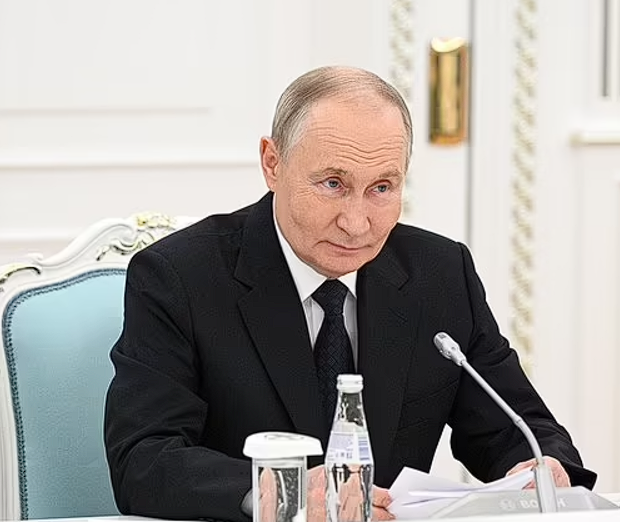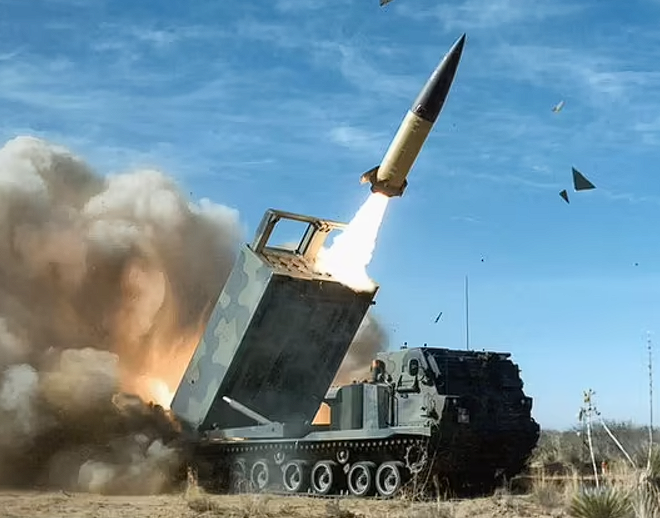
Putin Accelerates Deployment of Satan II Nuclear Missiles Amid Rising Global Tensions
Russia’s Satan II Missiles: Putin’s Nuclear Showdown Amid Ukraine Conflict and Global Tensions
Russia has announced it is intensifying efforts to ready its RS-28 Sarmat intercontinental ballistic missiles, known as “Satan II,” for active deployment. The Kremlin’s move, reported by state media, underscores escalating nuclear rhetoric and growing international concern over the ongoing conflict in Ukraine.
The Satan II missile, touted as part of Russia’s “unstoppable” strategic arsenal, is engineered to deliver nuclear warheads to targets thousands of miles away in Europe or the United States. However, its development has faced numerous setbacks, including a major failure in September when a test missile explosion destroyed Russia’s only hypersonic weapons testing site. Experts suggested that this incident could significantly delay or even halt the missile’s deployment timeline. Despite these challenges, Moscow appears determined to push forward.

Rising Threats and Retaliation Plans
This renewed focus on nuclear readiness comes as Russia accuses Ukraine of intensifying strikes within its borders. Moscow claims Ukraine, armed with U.S.-supplied Army Tactical Missile Systems (ATACMS) and British Storm Shadow missiles, has carried out attacks on strategic sites, including an ammunition depot in the Bryansk region and a covert Russian presidential facility in Kursk.
In response, Russian President Vladimir Putin has ordered the Satan II missiles to be prepared for combat duty as quickly as possible, framing the move as retaliation for Ukraine’s use of Western-supplied long-range weapons. The Kremlin had previously issued warnings of potential nuclear retaliation if Ukraine used such munitions against Russian territory.
Western Involvement and Global Concerns
Storm Shadow missiles, known for their precision and ability to evade air defences, have become a crucial part of Ukraine’s arsenal. These weapons, previously limited to use within Ukraine, now appear to have been authorized for strikes on Russian soil. Meanwhile, speculation about possible U.S. nuclear support for Ukraine has fueled further tension. Although unconfirmed, reports suggest that some Western officials have not ruled out providing Ukraine with nuclear capabilities, a move Russia’s Foreign Ministry called “insane” and “suicidal.”
Maria Zakharova, spokesperson for the Russian Foreign Ministry, warned that such actions could bring the world to the “brink of catastrophe.” She criticized what she described as “irresponsible actions” by Ukraine and its allies, emphasising the global stakes of the escalating conflict.

Escalating Ground Conflict
Beyond the nuclear posturing, Russia’s ground forces have made significant territorial gains in Ukraine’s eastern Donetsk region. Over the past month, Moscow has reportedly captured an area roughly half the size of London, with recent advances pushing closer to key strategic locations like the town of Pokrovsk, a critical logistics hub for Ukrainian forces. Independent reports and analyses, including those from the U.S.-based Institute for the Study of War, corroborate these gains.
An Increasingly Dangerous Phase
The conflict appears to be entering a particularly volatile phase, with fears that geopolitical dynamics could shift further. North Korean troops are reportedly bolstering Russian forces, and new Russian hypersonic missiles have been introduced to the battlefield. Meanwhile, concerns are mounting over potential changes in U.S. policy, with speculation about reducing support for Ukraine under a new administration.
As tensions continue to escalate, the world watches anxiously, hoping to avoid a scenario where these developments spiral into a broader catastrophe.
